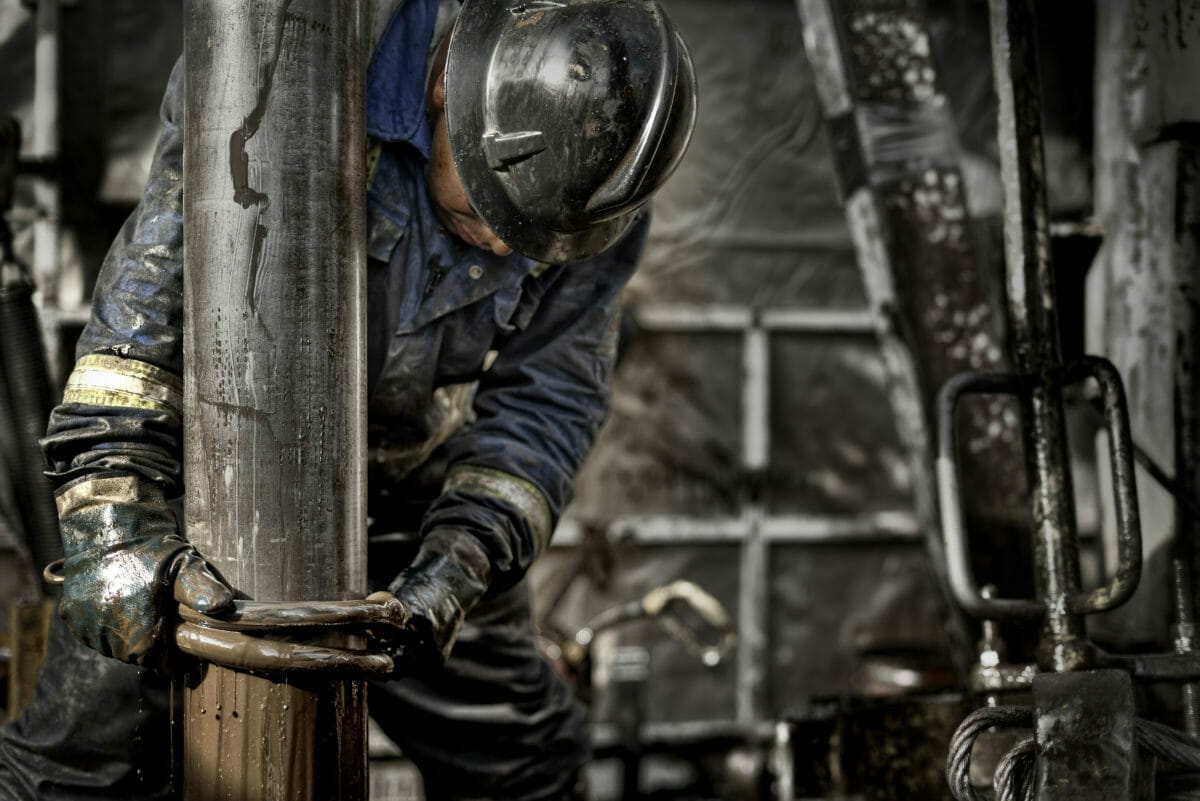In recent years, the $151 billion Teacher Retirement System of Texas (TRS), one of the US’s largest public pension funds, has invested less than its 5 per cent target allocation to energy markets. Now brighter prospects for the industry promise to change that.
Five years ago, TRS’s investment in the sector was just 1.7 per cent of its target allocation. This has now climbed to 4.5 per cent, equivalent to about $6.8 billion, with current strategy wholly focused on filling the policy allocation.
TRS isn’t planning to increase its target for energy investments, but neutral investors could swing towards overweight if the industry sees the mark-ups experts anticipate. It’s an outcome TRS said it would welcome during a July presentation to the board on the state of global energy markets by energy expert Dan Pickering, president and head of asset management, at Tudor, Pickering, Holt and Co.
“Getting back to targeted allocation in a downturn is a good move because return opportunities are good in energy in coming years,” said Pickering, whose return to present to the TRS board for the first time in five years mirrors the re-emerging importance of the energy sector at the Austin-based fund, which sets itself apart from many other public pension funds with a dedicated, 10-strong Energy Natural Resources Infrastructure (ENRI) team.
It is a commitment to the energy sector that is allowing it to scoop up well-priced assets – a challenge in all other private markets at the moment. In contrast, the board heard how many other institutional investors remain lukewarm on the sector because of pressure from the ESG movement to divest from fossil fuels. But choosing not to invest in energy, or divesting, has been an easier strategy while prices have been low. The uptick in values means that these investors could start to count the cost much more than before, Pickering notes.
“You’re taking, I guess, a moral high ground but it hasn’t cost you much; it’s going to get costly to divest.” It’s why he believes divestment strategies will concentrate on the toughest, dirtiest parts of the energy market, like coal, leaving cleaner parts of the complex alone.
ENRI
The ENRI portfolio was established in September 2013 with an initial 3 per cent allocation. Three years later, TRS’s infrastructure investments were moved from the real assets portfolio into ENRI, bringing the allocation up to 5 per cent of AUM.
“Most of the infrastructure investments were in the energy complex and the fund sought to create a holistic view of where the value was in the industry,” said Carolyn Hansard, senior investment manager, ENRI.
As in private equity and real assets, most of the alpha in the ENRI portfolio comes from TRS’s 18 principal investments, rather than its 46 fund investments.
Of the portfolio, “28.7 per cent is in principal investments and since inception this has generated 17 per cent return, a whopping 13 per cent above the fund performance,” Hansard says. The portfolio’s five-year return is 7.1 per cent, despite that period coinciding with the price of oil falling from $100 a barrel to a low of $26 a barrel, before arriving at today’s roughly $60 a barrel.
The rosier picture in the energy markets is thanks to a few key factors, Pickering explained. On one hand, the US’s shale production has turned it into one of the two most important players in the global oil sector, alongside OPEC. Last month, US production hit 11 million barrels a day (b/d) for the first time; in comparison, Saudi Arabia’s production is about 10.5 million b/d and Russian production is about 10 million b/d. OPEC’s total production amounts to about 30 million b/d, to which Saudi Arabia is the biggest contributor. The fact the US produced a little more than Saudi reveals the new clout of the industry, Pickering said.
“It is going to be a growth business in the US for the next decade,” he said. “It feels good to be in the US investing in the energy business.”
New US shale production coincides with OPEC running low on spare supply because its major oil producers have under-invested during the downturn. Pickering thinks spare global capacity there is only 1-2 per cent, not enough to soak up spikes in demand, and that the US will play a key part in adding volumes.
“The US will account for 50 per cent of incremental supply in the world over the next four or five years. OPEC and Russia will be the other half.”
Oil’s future
Nor is peak oil demand coming any time soon, Pickering said. Admittedly, key factors will crimp oil demand, like the growing slice of renewables feeding the power sector and growth in electric vehicles, particularly from China, where environmental concerns around air quality are driving uptake. But in the US, Pickering noted, there is no similar growth in electric cars.
“In the US, the economics of switching to electric vehicles is not great and the government isn’t going to tell us we have to drive electric; whereas, in China [the government has done that].”
This leads Pickering to conclude that peak demand for oil won’t hit until 2030 or 2040.
“Our expectation is that global demand will grow 1 per cent a year, to peak at 110 millionb/din 2030,” he says. Pickering doesn’t expect alternative energy sources to affect this cycle of investment or the next.
“This cycle, I am plenty comfy putting money to work in conventional energy and probably the next cycle, too.”



